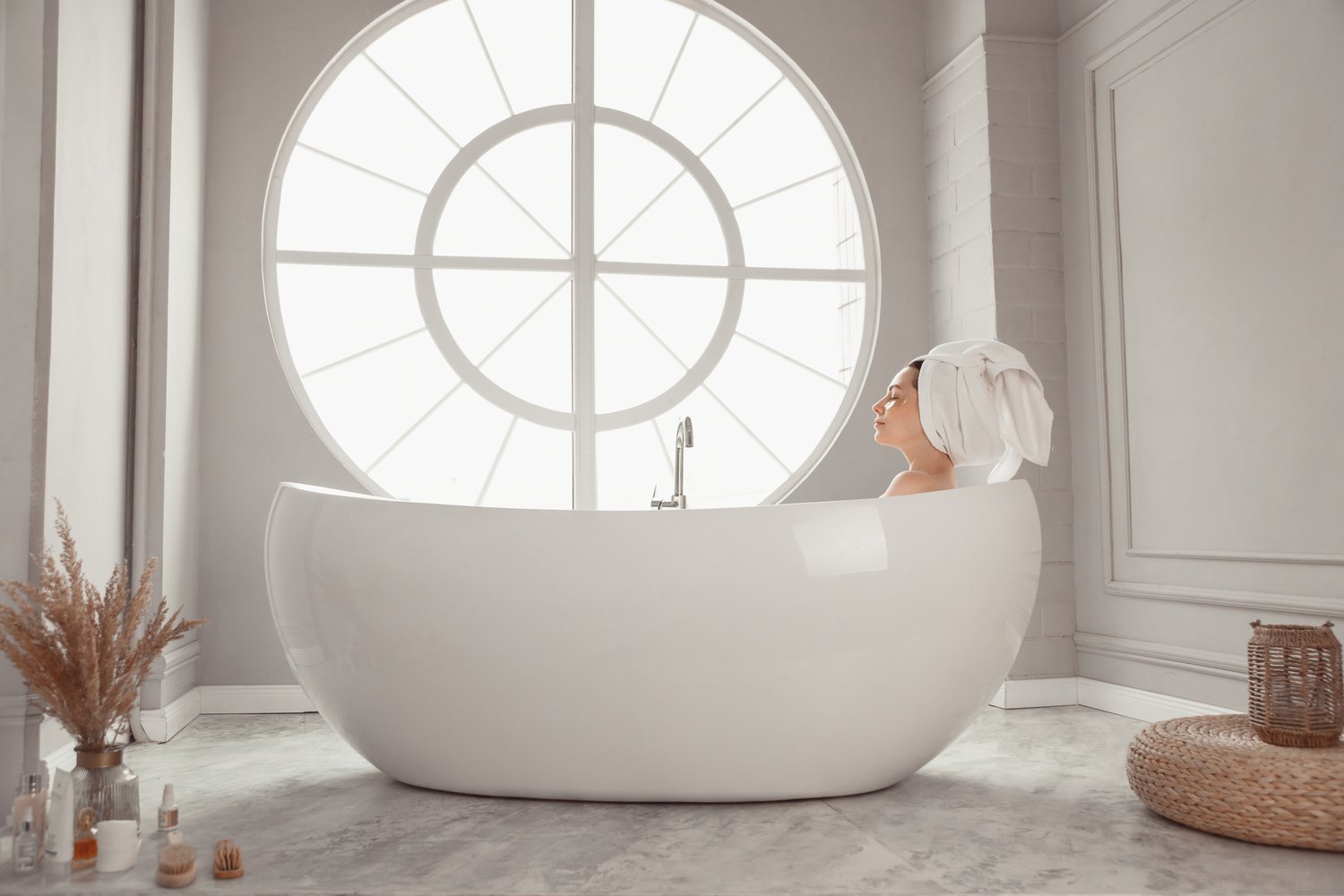Understanding Different Bathtub Types
Bathtubs come in various styles and materials. They are essential fixtures in modern bathrooms, offering both functionality and aesthetic appeal. The average bathtub holds between 40 to 60 gallons of water. Freestanding bathtubs have gained popularity in recent years, with sales increasing by 10% annually. These standalone tubs create a focal point in the bathroom and offer more design flexibility. [Bathtubs] https://onninen.pl/en/products/Kitchen-and-bathroom/Bathroom-equipment/Bathtubs can be made from different materials, including acrylic, cast iron, and stone resin.
Acrylic is a popular choice due to its lightweight nature and durability. It retains heat well, keeping your bathwater warm for longer periods. Cast iron tubs, while heavier, are known for their longevity and classic appearance. They can last for decades with proper care. Stone resin bathtubs offer a luxurious feel and are highly resistant to scratches and stains. The weight of bathtubs varies significantly, with acrylic tubs weighing around 100 pounds, while cast iron models can exceed 500 pounds.
When selecting a bathtub, consider the size of your bathroom. Standard tubs are typically 60 inches long, 30 inches wide, and 14 to 16 inches deep. However, larger options are available for those seeking a more spacious bathing experience. The shape of the tub also plays a crucial role in both comfort and aesthetics. Oval tubs provide a classic look, while rectangular designs offer a more modern appeal.
Installation is another factor to consider when choosing a bathtub. Some types, like alcove tubs, require three-wall enclosures. Others, such as [Freestanding bathtubs] https://onninen.pl/en/products/Kitchen-and-bathroom/Bathroom-equipment/Bathtubs/Freestanding-bathtubs, can be placed anywhere in the bathroom. The installation method can affect both the cost and the overall design of your bathroom renovation project.
Exploring Unique Bathtub Designs
For those seeking unconventional options, asymmetric and corner bathtubs offer innovative solutions. These designs can maximize space in smaller bathrooms or create interesting visual elements in larger ones. [Asymmetric and corner bathtubs] https://onninen.pl/en/products/Kitchen-and-bathroom/Bathroom-equipment/Bathtubs/Asymmetric-and-corner-bathtubs come in various sizes, typically ranging from 48 to 72 inches in length. They can be particularly useful in bathrooms with unusual layouts or limited space.
Corner bathtubs are designed to fit snugly into the corner of a bathroom, utilizing space that might otherwise go unused. These tubs often feature a triangular or pentagonal shape. Some models include built-in seating or jets for a spa-like experience. Asymmetric bathtubs, on the other hand, have an uneven shape that can add a unique aesthetic to your bathroom design.
When considering these unique designs, it’s important to think about the practicalities of use and cleaning. Corner tubs may require special consideration for plumbing installation. The average corner bathtub holds between 50 to 70 gallons of water, which is more than a standard tub. This increased capacity can provide a more luxurious bathing experience but may also impact your water usage and heating costs.
Asymmetric bathtubs often feature one end that’s wider or deeper than the other. This design can accommodate different bathing positions or even allow two people to bathe comfortably. When choosing an asymmetric tub, consider which end you prefer to be wider based on your bathroom layout and personal preferences. These tubs typically range from 59 to 71 inches in length, with widths varying from 27 to 35 inches.
Considering Material and Durability
[Rectangular acrylic bathtubs made of conglomerate] https://onninen.pl/en/products/Kitchen-and-bathroom/Bathroom-equipment/Bathtubs/Rectangular-acrylic-bathtubs-made-of-conglomerate offer a blend of durability and style. Conglomerate is a composite material that combines natural stone particles with resins. This combination results in a sturdy, long-lasting bathtub that can withstand daily use. These tubs are available in various sizes, typically ranging from 60 to 72 inches in length.
Acrylic bathtubs are known for their lightweight nature and ease of maintenance. They weigh approximately 100 pounds, making them easier to install compared to cast iron or stone alternatives. Acrylic is also resistant to chipping and cracking, ensuring your tub maintains its appearance over time. The smooth surface of acrylic makes it easy to clean, requiring only mild soap and water for regular maintenance.
Conglomerate bathtubs offer superior heat retention compared to standard acrylic tubs. This material can keep your bathwater warm for up to 30 minutes longer than traditional acrylic. Additionally, conglomerate tubs are highly resistant to scratches and stains, making them an excellent choice for households with children or pets. These tubs come in a variety of colors and finishes, allowing you to match them with your bathroom decor.
When selecting a rectangular acrylic bathtub made of conglomerate, consider the depth of the tub. Standard depths range from 14 to 20 inches, with deeper options available for those who prefer a more immersive bathing experience. Remember that deeper tubs will require more water to fill, which may impact your water and energy usage. Some models feature built-in overflow drains to prevent water spillage, adding an extra layer of safety and convenience to your bathing routine.





